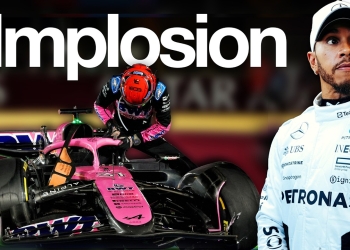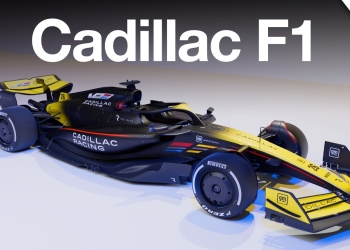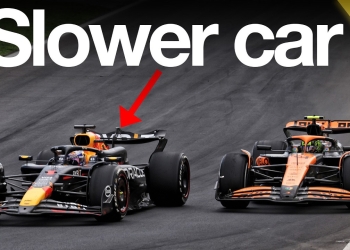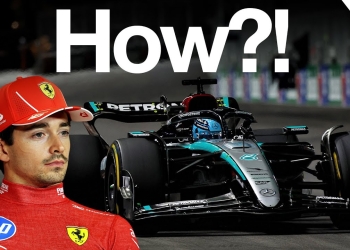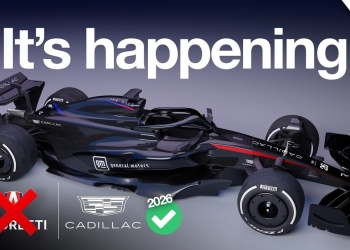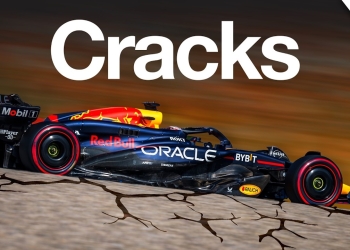F1's Dramatic Driver Shake-up: The 2025 Grid Revolution
The Formula 1 grid is experiencing its most significant transformation in recent memory. After unprecedented stability heading into 2024, nearly half the grid is set for major changes in 2025, marking one of the sport's most dramatic driver shuffles.
The Scale of Change
The current wave of changes includes:
- Daniel Ricciardo - Mid-season exit
- Logan Sargeant - Mid-season departure
- Kevin Magnussen - End of 2024 exit
- Zhou Guanyu - Departing end of 2024
- Sergio Perez - Likely end of 2024 departure
- Three new rookies confirmed for 2025
Understanding the Perfect Storm
Several key factors have contributed to this unprecedented turnover:
"Things can come in cycles, especially when driver contracts are aligned or contract durations are aligned." - Scott Mitchell-Malm
Contract Timing
The mass exodus can be partially attributed to the alignment of contract endings in 2024, including Lewis Hamilton's two-year Mercedes deal with its break clause. This created a domino effect of opportunities for both teams and drivers.
Rising Young Talent
Two standout prospects have been particularly influential:
| Driver | Backing | Status |
|---|---|---|
| Oliver Bearman | Ferrari | Made impressive F1 debuts |
| Andrea Kimi Antonelli | Mercedes | Strong internal backing |
The Youth Movement vs. Experience
A fascinating contrast has emerged in team strategies:
-
Veteran Focus
- Ferrari securing Hamilton
- Aston Martin retaining Alonso
- Both drivers continuing into their 40s
-
Youth Investment
- McLaren's successful track record with young drivers
- Mercedes' faith in Antonelli
- Growing confidence in rookie performances
The Bearman Effect
Oliver Bearman's impressive performances, particularly his points-scoring debut for Ferrari at Jeddah, have changed perceptions about rookie readiness. His success has encouraged other teams to consider younger talent, demonstrating that modern young drivers are better prepared than ever.
"These drivers are more prepared and more talented than they've ever been... they're doing a lot of simulator work for these F1 teams so teams are getting an eye on them a lot sooner."
The End of an Era
For the departing drivers, it's largely been a case of natural selection. While some, like Valtteri Bottas, have shown consistent performance despite challenging circumstances, others simply haven't delivered the required results to justify their seats.
Click here to preview your posts with PRO themes ››
The transformation marks not just a changing of the guard but a fundamental shift in how F1 teams view driver development and recruitment. With enhanced preparation through simulators and testing programs, the traditional conservatism toward rookie drivers is giving way to a more dynamic and youth-oriented approach.



